
Israeli Envoy in Berlin Highlights Risks of Left-Wing Antisemitism in Germany
Section: Politics
Recent research has identified that imaging studies are significantly more prone to being repeated within a 90-day period when the original interpretation is conducted by a nonphysician practitioner (NPP) compared to a radiologist. This finding was published in a recent study in the Journal of the American College of Radiology.
The study, led by researchers from the Harvey L. Neiman Health Policy Institute, analyzed approximately 1.4 million imaging studies carried out on Medicare fee-for-service beneficiaries. The results indicated that the overall rate of repeat imaging stood at 12.5%. In initial analyses, imaging studies interpreted by NPPs showed higher repeat rates across various modalities: radiography was 20.4% for NPPs versus 14.6% for radiologists, ultrasound was 11.6% compared to 4.5%, and magnetic resonance imaging (MRI) reflected a repeat rate of 8.8% for NPPs against 3.8% for radiologists.
When adjusting for different variables, the odds of needing repeat imaging remained higher for interpretations made by NPPs. Specifically, the odds ratios indicated a significant increase: for radiography, the odds ratio was 1.35; for ultrasound, it was 2.41; and for MRI, it reached 2.56. Notably, the likelihood of repeat imaging also varied depending on the anatomical region and imaging modality used.
As the number of NPPs is anticipated to grow by one-third by 2033, the implications of this research are crucial for understanding the potential impact on healthcare delivery. The growth in NPP-interpreted imaging raises vital clinical and policy questions regarding the quality and value of care provided to patients.
This study underscores the need for ongoing examination of the role of nonphysician practitioners in imaging interpretation and its effects on patient management and outcomes.

Section: Politics
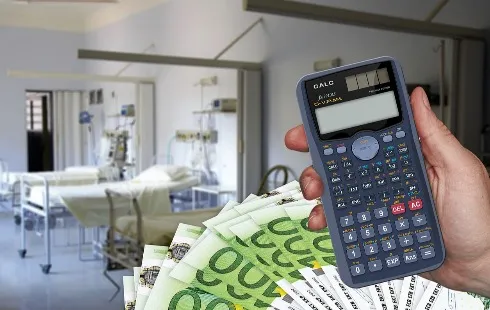
Section: Health Insurance
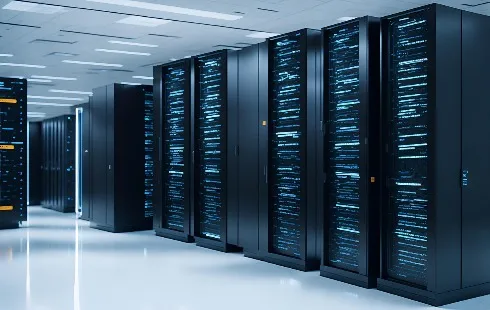
Section: News
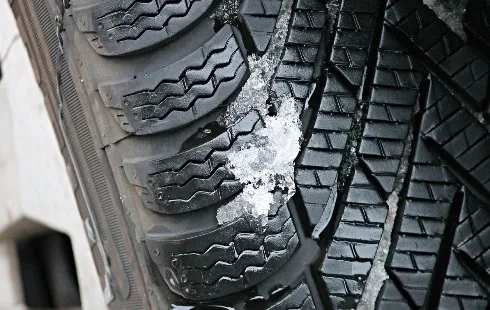
Section: News
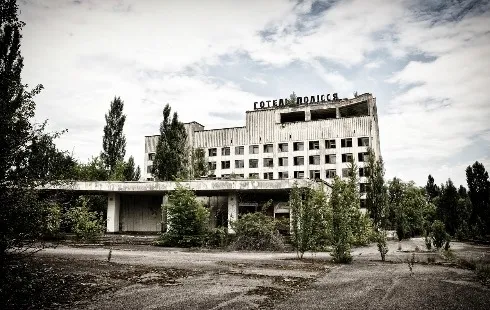
Section: News

Section: Arts
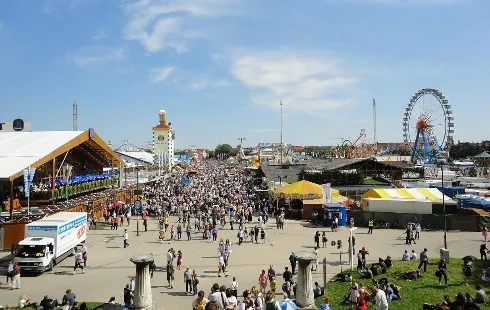
Section: News

Section: Arts

Section: Arts
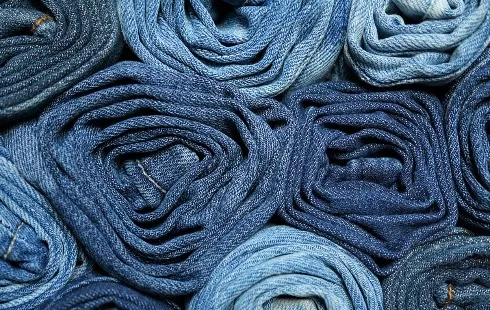
Section: Fashion
Health Insurance in Germany is compulsory and sometimes complicated, not to mention expensive. As an expat, you are required to navigate this landscape within weeks of arriving, so check our FAQ on PKV. For our guide on resources and access to agents who can give you a competitive quote, try our PKV Cost comparison tool.
Germany is famous for its medical expertise and extensive number of hospitals and clinics. See this comprehensive directory of hospitals and clinics across the country, complete with links to their websites, addresses, contact info, and specializations/services.
München is one of the main stages for Cyprien Gaillard's latest film Retinal Rivalry, a groundbreaking work that takes us on a journey through time and beneath the surface of the city. Retinal Rivalry continues Gaillard's exploration of stereoscopic films, which he first began in his 2015 film...



No comments yet. Be the first to comment!